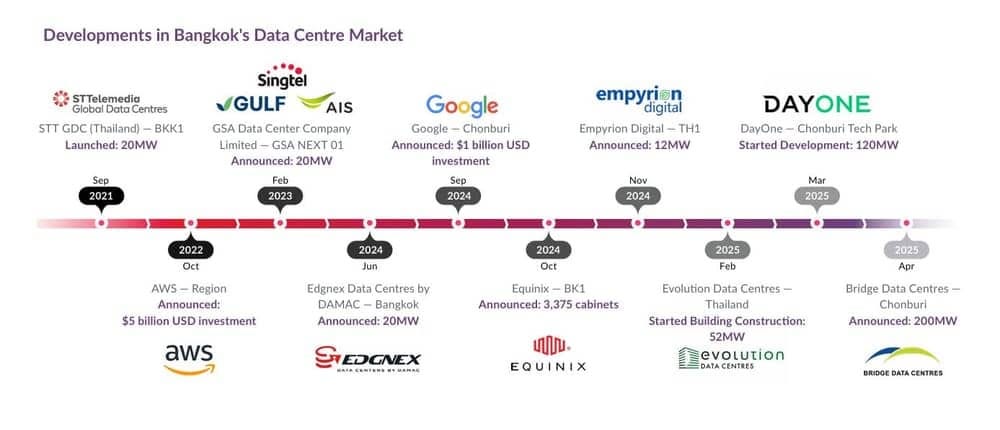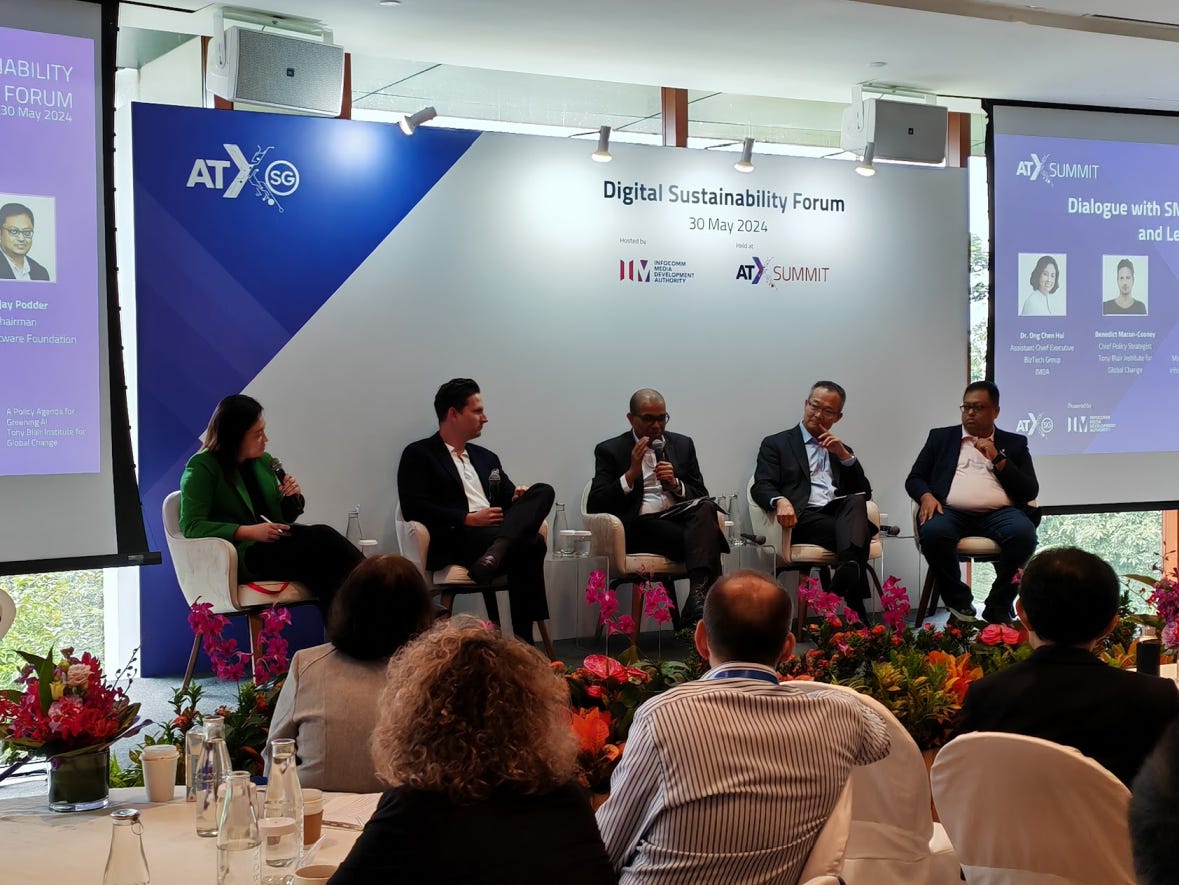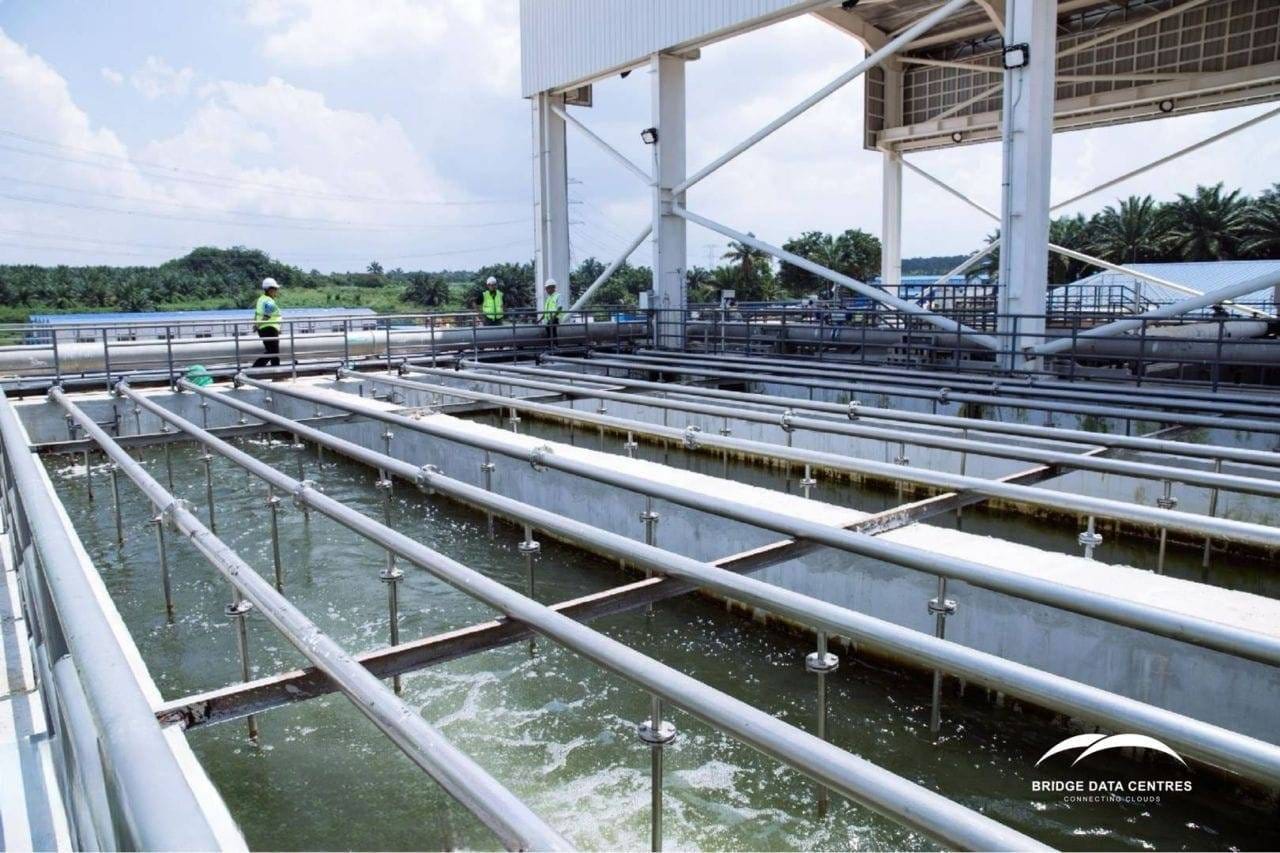Southeast Asia's data centres and Singapore's unwavering green mandate
Are we seeing the natural evolution of data centre markets at different stages of growth?
Across Southeast Asia, countries are taking different approaches to their data centre build-ups. Or are they? Perhaps what we're seeing is the natural evolution of data centre markets at different stages of maturity.
With nearly 700 million people and rapid digitalisation driving demand, Southeast Asia offers valuable lessons for other regions. Let's examine three countries at different points in this evolution: Singapore's mature market, Malaysia's explosive growth, and Thailand's emerging opportunity.
Singapore's unwavering mandate
Without fanfare, Singapore last Friday launched a new standard for energy-efficient IT equipment, part of its drive towards sustainable data centres. According to IMDA, the new "SS 715:2025: Energy Efficiency of Data Centre IT Equipment" standard is geared towards helping data centre users improve their energy efficiency.
I'll leave you to read about it, but broadly speaking, it focuses on encouraging organisations to deploy energy-efficient systems, deployment best practices for IT systems, and running their data halls at a higher temperature to save energy.
This comes 6 months after the latest Green Mark for Data Centre 2024 (GMDC:2024) took effect in March, imposing tighter requirements on PUE measurements and adding new considerations such as WUE, or Water Usage Efficiency, into consideration.
My point is this: Singapore has an unwavering green mandate since the data centre moratorium of 2019. Despite pressure to soften its stance over data centre growth, it fully believes sustainable data centres will eventually matter to everyone. And the groundwork being laid today positions Singapore to lead when sustainability shifts from differentiator to baseline requirement.
Is Singapore onto something here? Setting data centre standards today that everyone will scramble to mirror tomorrow? Or is this rigid commitment to sustainability a strategic miscalculation that will cost Singapore its hard-won position as Southeast Asia's premier data centre hub?
Bubbling anxiety in Johor
This week has been an anxious one for those with stakes in Johor's data centres. At the time of writing, there have been six earthquakes of varying intensity. All have registered at around 4.0-magnitude or lower. These are noticeable with minor indoor shaking but unlikely to cause significant damage.
Here's the thing though: Johor isn't classified as an earthquake zone, which means the huge data centre hub there wasn't built with seismic activity in mind. Given that it's too late to retrofit existing facilities or those under construction, the only option is to wait and see what develops.
This is one more worry adding to unhappy murmurings on the ground over multiple cost increases. New electricity tariffs came into effect in July, water tariff hikes are coming, and new regulations prohibit data centres from using 100% potable water in their cooling operations - compelling operators to build water reclamation plants. Taken together, the cumulative cost increases would dampen anyone's enthusiasm for Johor's data centre boom.
Realistically, is Malaysia trying to limit new data centre investments? I don’t think so. Johor approved another 42 new data centres projects in Q2. My sense is that Malaysia is simply maturing as a data centre market, moving from "growth at any cost" to "sustainable growth."
Thailand's incipient opportunity

Finally, is Thailand the next Johor? According to DC Byte, Thailand is entering a breakout phase with off-the-charts growth. Multiple major players have entered Thailand over the last 12 months, including well-established operators and cloud giants. Today, Thailand’s 2,587MW of IT capacity in the pipeline now outpaces regional heavyweights, trailing only Malaysia in Southeast Asia.
Of course, 2,072MW of this pipeline consists of "early stage" builds - preliminary constructions that might never materialise. But here's the parallel: we said the same about Johor a year ago. And many of those early-stage projects are now under active construction or already operational.
I've watched multiple waves of data centre optimism crash against Thailand's shores over the years, which kept me sceptical as recently as late last year. But this round feels different. The momentum, the players involved, the scale of facilities - it's all pointing to something more substantial.
Looking at these three markets together reveals something interesting about the evolution of data centre hubs.
The road to sustainable data centres

What if what's happening in Singapore, Malaysia and Thailand are not individual markets growing in isolation, but a picture of what happens as data centre markets mature? Today, we are more aware of the need for sustainability than before, notwithstanding a rush towards AI data centres in certain parts of the world.
Consider the progression: Thailand is just beginning its data centre journey, with massive planned capacity but limited operational facilities. Malaysia is in full expansion mode, but starting to implement sustainability requirements through higher tariffs and water regulations. Singapore, the most mature market, maintains the strictest sustainability standards despite enormous demand, refusing to compromise even as neighbours offer easier paths.
During an address made at the launch of Google’s fourth data centre in Singapore last year, Singapore Senior Minister of State of Sustainability and the Environment, Janil Puthucheary elaborated on Singapore’s stance.
He said: “This challenge [of sustainability] is not unique to Singapore; eventually, all of us, wherever we are in the world, are going to be faced with these constraints. Because of who we are, we are determined to turn these constraints into an opportunity to innovate and capture value from the growth of sustainable data centres.”
As I wrote last year, the limitations faced by mature data centre markets such as Singapore aren't unique. Increasingly, other markets and regions will encounter these constraints. Indeed, some communities have even started pushing back against data centres in the face of water stress and overstretched power grids.
The message is clear: sustainability is now part of everything we do, and data centres can't be the exception. The industry must innovate and adopt more sustainable practices. We need the infrastructure, but it has to work for everyone.
What do you think?
A version of this editor’s note first appeared in my free TechStories newsletter that went out earlier today. To get this in your inbox alongside other stories I wrote this week, sign up here.




